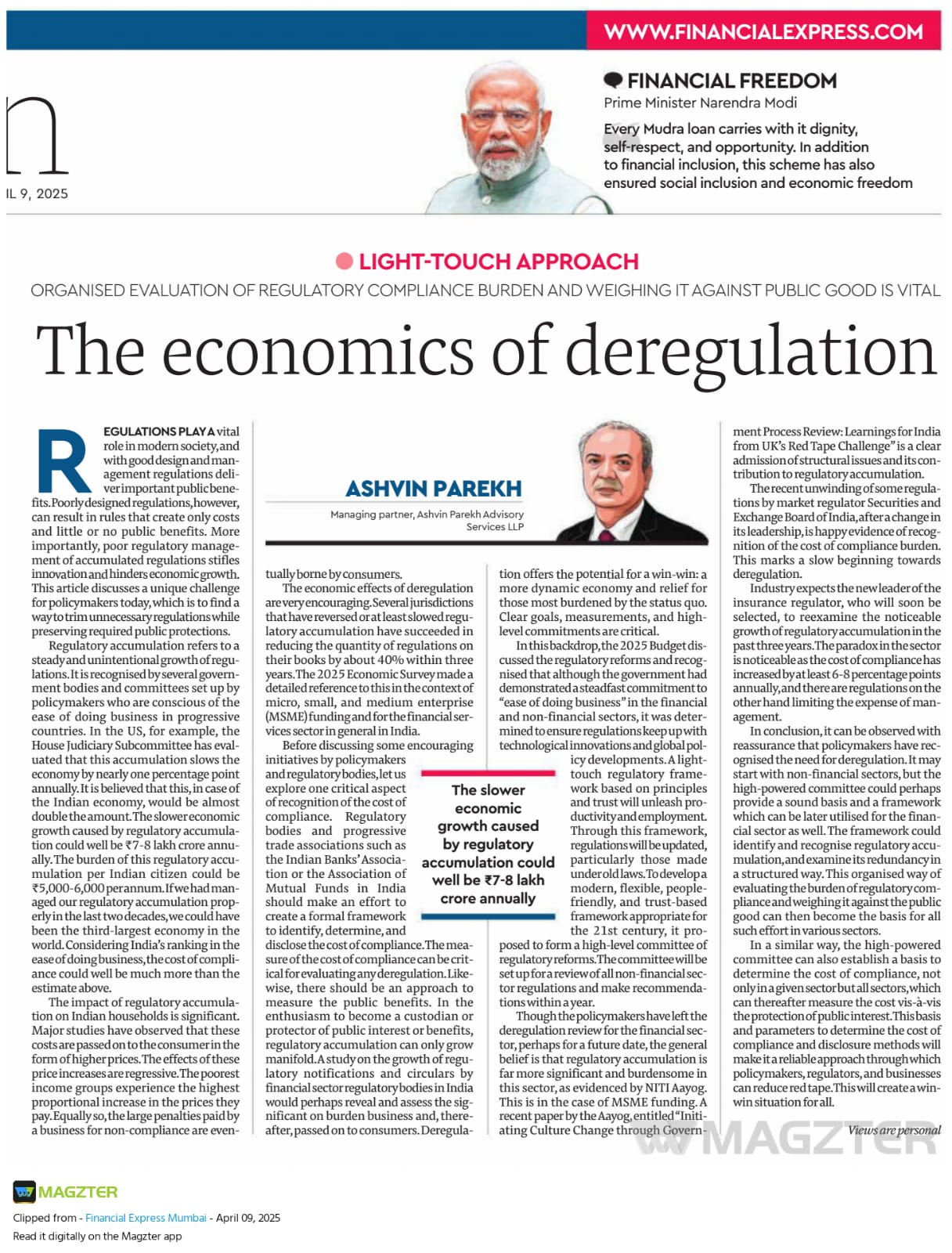by APAS Team
Share
by APAS Team
Share

The Budget 2022 presents an invigorated approach towards financial inclusion, digitization of economy and currency, and sustainable growth of the banking sector. The reforms announced in the budget focus on introduction of digital currency, digital banking, last mile reach by way of strengthening post offices, improving the MSME-sector, amendments to strengthen the bankruptcy laws and finally increasing capex allocation to the banking sector.
In recent years, digital banking, digital payments and fintech innovations have grown at a rapid pace. Focusing on the fintech and digital banking future of the Indian market, the Union Budget 2022 saw several interesting announcements. To ensure benefits of digital banking reach every nook and corner of the country in a consumer-friendly manner, the government has proposed to set up 75 Digital Banking Units (DBUs) in 75 districts of the country by Scheduled Commercial Banks. Details on such DBUs are still awaited.
Further, the allocation announced last year to boost digital payments will continue in 2022-23 as well. Last year, the government had allocated INR 1500 Crores to promote digital transactions and boost digital modes of payment in rural and under-served areas. The government will also look to boost the overall fintech ecosystem by promoting the use of payments platforms that are economical and user-friendly.
A major reform introduced in the Budget 2022 includes digital currency, using blockchain and other technologies to be issued by the Reserve Bank of India in 2022-23 (CBDC). The reform is expected to give a big boost to the digital economy. A Central Bank Digital Currency is an electronic record or digital token of a country’s official currency, which fulfils the basic functions as a medium of exchange, unit of account, store of value, and standard of deferred payment. The adoption of CBDC will make digital currencies more accessible to the people just as UPI made digital cash easier to use.
The greater focus of Budget has been on extending the financial inclusion objective. To extend the objective, the Government has decided to bring 100% of 1.5 lakhs post offices on core banking system. It will enable access to accounts through net banking, mobile banking and also provide online transfer of funds between post office accounts and bank accounts. Post offices are present in almost every town of India. As rural people are largely connected with post offices and make use of its services to deposit their money, the move is expected to be helpful, especially for farmers and senior citizens in rural areas, enabling interoperability and financial inclusion.
In order to expedite the process of insolvency, the Budget introduced reforms to make resolution process more efficient by way of introducing reforms to facilitate cross border insolvency resolution.
Further, to help micro, small and medium enterprises (MSMEs) impacted by the pandemic, the credit guarantee fund trust for micro and small enterprises (CGTMSE) will be revamped with additional credit of INR 2 trillion and thereby expand employment opportunities. In recent times, COVID posed significant challenges to the banking sector which have been eased through various regulatory and fiscal measures. The Emergency Credit Guarantee Line Scheme (ECLGS) was the flagship announcement during pandemic that provided requisite liquidity support to Micro Small and Medium Enterprises (MSMEs) with disbursements of INR 2.3 trillion of bank credit.
To make the resolution process more efficient and promote the implementation of IBC to meet its objectives, the government has proposed to make amendments to the Insolvency and Bankruptcy Code(IBC) laws and facilitate cross border insolvency resolution.
The long-heldback capex allocation for banking sector owing to COVID, has been finally eased of by the Government. The Budget saw an increase in capital expenditure budget for FY23 by 35.4 percent to INR 7.5 trillion to be spent across various infra sectors. This is expected to trigger a multiplier effect and improve the private sector investment appetite which currently is low. The banking sector will benefit from increased infra spending as it has been witnessing single digit credit growth for past many years.
The budget saw proposition for issuing sovereign green bonds to mobilize resources for green infrastructure. The issuance is in line with the Government’s objective of tackling climate related negative externalities while ensuring sustainable financing opportunities.
Thus, the budget reforms for financial services sector addressed the growth prerogatives while laying the foundation of a sustainable high growth trajectory.


Kalpesh Mantri Ankita Narnaware
STAY IN THE LOOP
Subscribe to our free newsletter.
The slower economic growth caused by regulatory accumulation could well [...]
Navigating the Future of Consulting: The Role of Digital Transformation [...]
HDFC Bank Completes Merger, Forging a Financial Powerhouse and Global [...]



